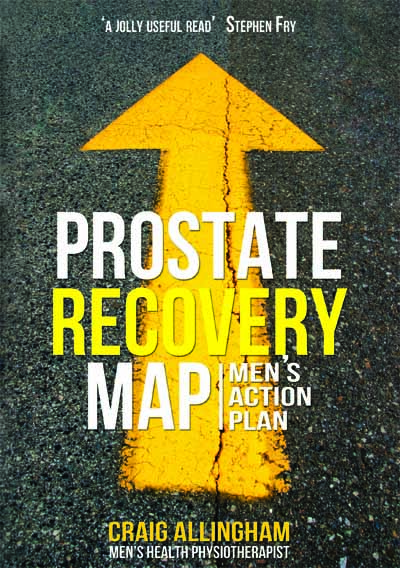In 1948 Dr Arnold Kegel first reported using a new invention of his, the perineometer, to measure intra-vaginal pressure and proposed a routine of exercises for the female pelvic floor to improve continence and prolapse in his patients (1). Why the female pelvic floor? Because he was an Obs & Gyn specialist. Not many male patients.
Since then, the word ‘Kegels’ has come to refer to any and all exercise programs directed at the pelvic floor, including males. Doing one’s Kegels is the ubiquitous prescription for women post-pregnancy, men post-prostatectomy and all manner of other pelvic presentations.
For all I know, Kegels for the female pelvic floor may still be the most effective exercise strategy. But being a men’s health physio I really have no idea if that is true, or if there is standardised exercise protocol for Kegels which if not followed means Kegels are not being performed. Or is any form of ‘clenching’ down below qualify as ‘Kegeling’.
I used to wonder if exercises targeting the female pelvic floor, designed using a pressure sensitive balloon in a vagina were directly transferable to an anatomically different male pelvic floor where the only aperture for measuring pressure was a little further posterior and had little to do with urinary continence. When I started working with post-prostatectomy men in 2004 I realised I needed a different assessment and teaching strategy to detect recruitment errors and improve performance. The prevailing thought at the time was that you could measure the male pelvic floor using rectal palpation or pressure testing. Turns out that muscle wasn’t much involved in urinary control.
The work of researchers such as Ryan Stafford, Paul Hodges and more have demonstrated that the male pelvic floor is not only structurally different but also recruited differently from the female version when trying to reduce urine leakage. And the men respond differently to verbal cues and biofeedback training when trying to improve their pelvic floor efficiency.
Kegels are for females. Hegels are for males.
I didn’t invent the new exercises, but I did develop methods of teaching them clinically and documented this in my book, ‘Prostate Recovery MAP – Men’s Action Plan’ (2013, Redsok International). While I was developing this program in my clinic, Stafford and Hodges were doing ground breaking research that correlated strongly with my clinical experience and results. Right down to the cueing strategies and recruitment patterns.
Perhaps more importantly is the male perception of Kegel exercises being designed for and used by women for the last 70 years. Imagine coming home with an exercise sheet from the Urologist or the physio and your wife declares, ‘These are Kegels! I did those after the kids were born.’ Or for her prolapse or incontinence. The man now knows he has been given female exercises for his very masculine problem. Having a different name for the program could be as powerful in terms of male compliance as having subtly different exercises. Hegels are bold, structured and male focused exercises designed for the male anatomy and psyche.
If you dispense pelvic floor exercises for men try calling them Hegels. And that’s all you will call them. Never describe them as ‘Kegels for men’, because you immediately destroy the masculine-ownership of the program. Hegels are different. The teaching, execution, training and assessment of Hegels is only for men. They own it. Lead with it – tell them they are about to learn the masculine science of Hegel exercises and deliver the program you feel is the best fit for him depending on his type of incontinence, learning style and trainability. You got this.
More at www.hegels4men.com
- Kegel, Arnold, The nonsurgical treatment of genital relaxation; use of the perineometer as an aid in restoring anatomic and functional structure. Ann West Med Surg. 1948 May;2(5):213-6.
